When it comes to Medicare, understanding your enrollment options can make a significant difference in your health coverage and your wallet. Whether you’re turning 65 soon or helping a loved one navigate the process, this guide will help you grasp the essentials of Medicare enrollment.
What Is Medicare?
Medicare is a federal health insurance program primarily for:
- People aged 65 and older
- Certain younger individuals with disabilities
- People with End-Stage Renal Disease (ESRD)
Types of Medicare
Medicare has different parts, each covering specific services:
- Part A (Hospital Insurance) – Covers inpatient hospital stays, skilled nursing facility care, hospice, and some home health care. Generally, there is no monthly premium if you qualify and paid Medicare taxes while working.
- Part B (Medical Insurance) – Covers certain doctor services, outpatient care, medical supplies, and preventive services. You need to enroll in Medicare Part B and pay a monthly premium determined by your income, along with a deductible.
- Part C (Medicare Advantage Plans) – An alternative to Original Medicare offered by private insurers. They are typically a combination of Part A, Part B and sometimes Part D coverage, but must cover medically necessary services. These plans have discretion to assign their own copays, deductibles and coinsurance.
- Part D (Prescription Drug Coverage) – Helps cover the cost of prescription drugs and is available to everyone with Medicare. It is a separate plan provided by private Medicare-approved companies, and you must pay a monthly premium.
Many people also purchase a supplemental insurance policy, such as a Medigap plan, to handle any Part A and B coverage gaps.
When Can You Enroll in Medicare?
You can only enroll in Medicare at certain times of the year and under certain qualifications. The following are times for enrollment:
- Initial Enrollment — Medicare enrollment starts three months before you turn 65 and goes through three months after the month you turn 65 years old. During that time, you can enroll in Medicare Parts A and B, prescription drug coverage (Part D) and Medicare Advantage (Part C).
- Medicare Supplement Open Enrollment — This enrollment is for those looking to supplement Original Medicare. As long as you have signed up for Part B, you can buy a supplemental plan during the six-month enrollment period. This enrollment period starts the first day of the month you turn 65 and lasts six months
- General Enrollment — Enrollment is available for Part A and/or Part B between Jan. 1 and March 31 of each year. The following scenarios must apply:
- You didn’t sign up when first eligible.
- You are not eligible for a Special Enrollment Period.
- Annual Enrollment Period — This enrollment period is for anyone who wants to make changes to their current enrollment coverage. The enrollment period is from Oct. 15 to Dec. 7 each year. The following changes can be made to your coverage at that time:
- Switch from Original Medicare to Medicare Advantage or vice versa
- Add or drop a Medicare prescription drug plan
- Switch to a new plan from your current insurer or to a new insurer
- Medicare Advantage Enrollment Period — This enrollment period begins Jan. 1 and ends March 31 each year. This enrollment period allows for those enrolled in Medicare Advantage to either enroll in another Advantage Plan with or without prescription drug coverage or Original Medicare.
- Special Enrollment Period (SEP) — This enrollment period allows you to switch or drop a Medicare Advantage or prescription drug plan outside of the traditional enrollment periods. Certain events must occur to qualify for SEP, such as:
- Moving out of your plan’s serviceable area
- Moving into or out of a nursing facility, rehab facility or other long-term care facility
- Changing employment or your employer-provided plan ends
Getting Started
You can enroll in Medicare online at SSA.gov, by phone, or by visiting your local Social Security office. If you’re already receiving Social Security benefits, you’ll be automatically enrolled in Parts A and B. To join a Medicare Advantage or Part D plan, you must actively choose a plan during your enrollment period.
Medicare sends you a questionnaire about three months before you’re entitled to Medicare coverage. Your answers to these questions, including whether you have group health insurance through an employer or family member, help Medicare set up your file and make sure your claims are paid correctly.
Once you start Medicare, you should schedule a free preventive visit within the first 12 months to assess your current health status and provide a health roadmap for the future. You can also create an account on Medicare.gov to access your information, keep track of claims, and fill out an authorization form to allow specified family members or caretakers to call Medicare on your behalf.
What Happens If You Miss Your Medicare Enrollment Window?
If you don’t enroll in Medicare Part A and Part B during your initial enrollment period, you may have to wait to sign up. Missing your enrollment period can lead to late penalties, especially for Part B and Part D. This could result in a gap in your coverage, leading to costly out-of-pocket medical expenses if you require health care during this period.
Furthermore, you may have to pay a lifetime late enrollment penalty that increases the longer you wait to sign up. In some instances, your Medicare Part B premium may increase by 10% for every 12 months you were eligible for Medicare Part B but did not have Medicare Part B. Additionally, for every 12 months you delay signing up for a Medicare Part D plan, your monthly premium may increase by 1%. These penalties typically last for as long as you have Medicare. Therefore, it’s crucial to explore your options early and enroll on time.
Need Help Choosing the Right Plan?
Navigating Medicare for the first time can feel overwhelming. By understanding your eligibility, knowing the key dates, and choosing the right coverage, you can make informed decisions that support your health and financial well-being. At Acentria Insurance, we’re here to help you:
- Review your current health coverage
- Understand your Medicare options and needs
- Compare plans and benefits
- Enroll without stress or confusion
Whether you’re just getting started or need to make a change, contact us today for personalized guidance and to learn more about which Medicare options are right for you.
























